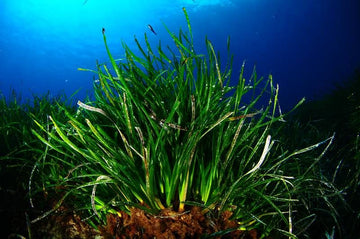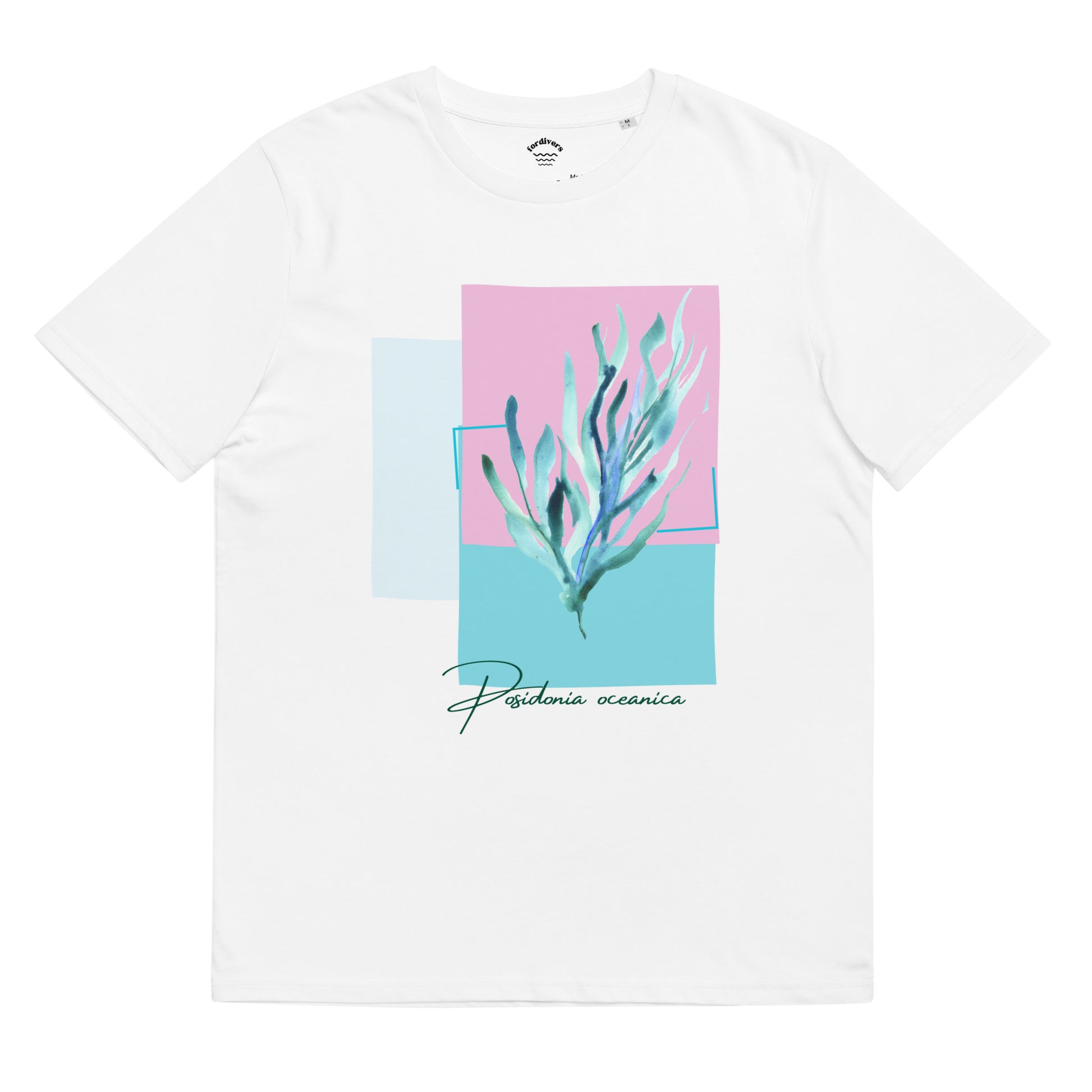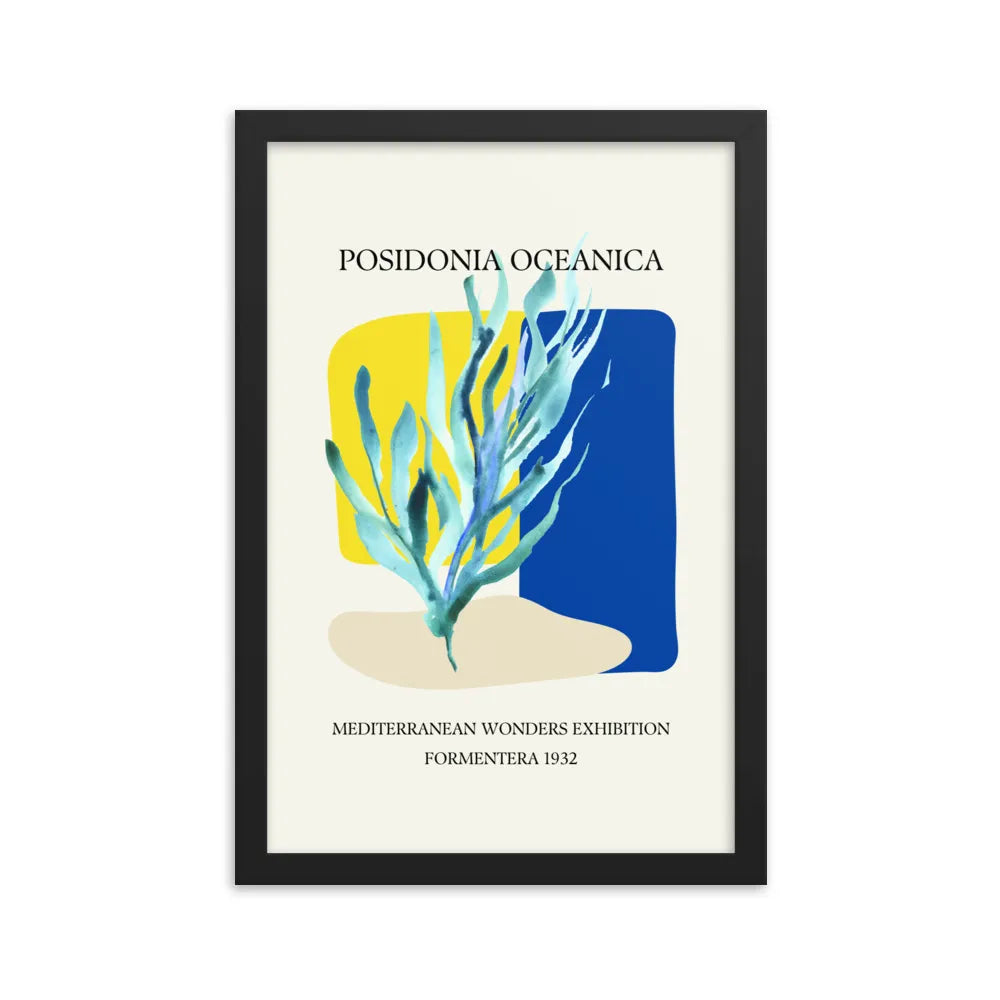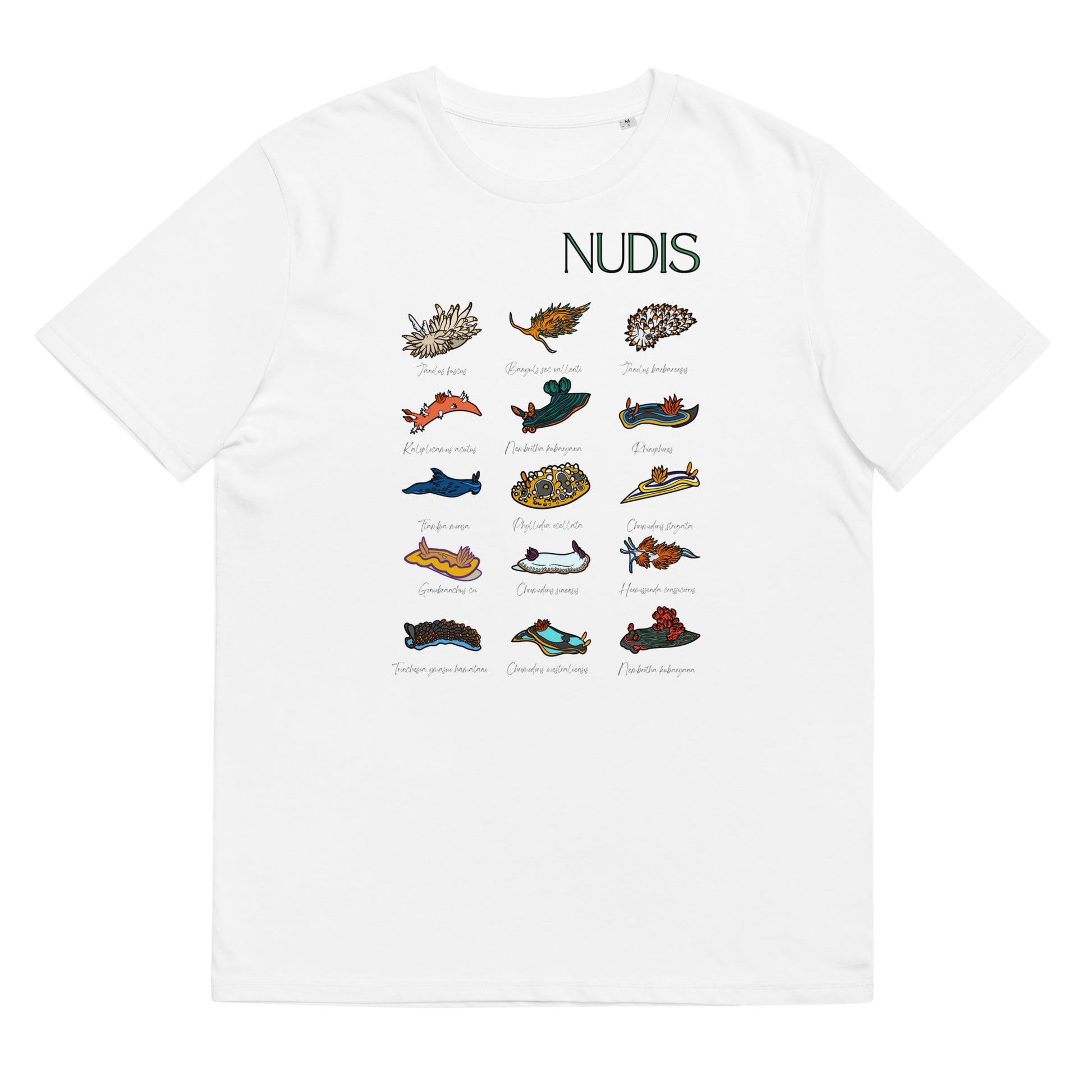One of the first things that we must know about the Neptune grass is what it is NOT. It is usually mistaken for algae because of the shape and color of it's leaves, but it actually is a submarine plant. It has roots, a stem, leaves, flowers and it bears fruits. It blossoms in the autumn and the fruit it produces is known as the "olive of the sea". The Neptune grass, like other photophilic plants, form underwater meadows of sea phanerogams, which are a good indicator to measure the health of the sea because they only inhabit clean waters. It is an endemic plant of the Mediterranean sea, declared World Heritage by UNESCO in recognition to its multiple benefits to the ecosystem.
Why is the Neptune grass so important?
The phanerogam meadows provide a great deal of biomass and oxygen, creating ideal habitats for the survival of multiple marine species. Thanks to the existence of Neptune grass, our coasts have more diversity, we obtain more oxygen for our own survival and the beaches suffer from less erosion. They generate between 4 to 20 liters of oxygen daily per square meter, becoming one of the most important sources of the Mediterranean. Part of this oxygen is later emitted to the Earth's atmosphere.
T-Shirts and Posters of Posidonia Oceanica
SEE MORE T-SHIRTS FOR OCEAN LOVERS
There are more than 400 plant species and 1000 animal species living in the Neptune grass meadows. A large number of these live only there, meaning that their survival is tied to the survival of the meadows habitats themselves. They are also an important area for the animals reproduction cycles, and may lay their eggs there. Sponges, sea stars, mollusks, nudibranchs or hundreds of fish species, like sea horses, serranids, sea bass, rainbow wrasse, moray eels, gobies, sea breams or giltheads live on Neptune grass.
 Mooray ell at home, the Neptune grass Meadows. Picture by A. Lorente/SUBMON
Mooray ell at home, the Neptune grass Meadows. Picture by A. Lorente/SUBMONCommercially interesting species use the meadows as their spawning grounds, hence its destruction directly affects local fishing economies. It will also make the area less interesting for tourism, affecting in this case the local scuba and related businesses. The economic benefits provided by the meadows are estimated in 14.000 euro per hectare per year.
If these weren't enough, the meadows also protect the coast from erosion by trapping sediments and form a barrier that protects from big storms and waves, in a similar manner as the coral reefs or mangroves do.
What are the threats to this plant?
The meadows are degrading quickly because of the current ambient conditions and the mechanical actions of humans. Contamination and excess of organic matter is preventing the correct growth of the plants, which is also very sensitive to the increasing warming of the Mediterranean waters. After a hot summer, the mortality rate is so high that the losses can not be compensated with the plant's own growth, which is remarkably slow. The changes due to temperatures variations are too fast for the plant to adapt or reproduce.
Besides global warming, human activities such as illegal trawling fishing, marine dredging, dumps, the byproducts of aquaculture, invading algae or intensive free anchoring are destroying very rapidly the meadows too.
T-shirts designed by divers for divers
VIEW MORE T-SHIRTS FOR DIVERS
A remarkable living being
One of the most remarkable features of this plant is that it fixes itself to the bottom using rhizomes ß, producing millions of plants from a unique clone. Specimens that originated from the same plant have been found up to 15 km apart, fact that has led the scientific community to estimate its age in 100.000 years, being then the oldest living being in the planet.This great adaptation capacity proves that the Neptune grass is an extremely resilient plant that can adapt easily to changing ambient conditions... as long as they are not as fast as the changes it is currently suffering.

What can I do to protect the Neptune grass?
Divers and diving centers are responsible for the protection of this highly beneficial organism. The Life Posidonia project proposes us to follow these 9 steps to protect the meadows:
1. Do not anchor in the meadows. Make sure before the anchor hits the bottom.
2. Use the mooring buoys installed by the project. You will be safer and prevent from damaging the meadows. Check the location of the buoys that will be installed by December, 31, 2012.
3. Respect the life inhabiting the meadows. Do not bother the animals nor take any plants with you. Take home only the pictures.
4. Control your buoyancy and your fins to not damage the bottom nor raise any sediments.
5. Watch out for the Caulerpa racemosa algae. If you find it, do not pull them out. Write down the coordinates, depth an approximate area of our finding and communicate it to: exoticas.invasoras.cma@juntadeandalucia.es Review your equipment after your dive and, if you find any remains of the algae, deposit them in a safe disposal container.
6. Keep the bottom free of garbage. Do not throw any residues and if you find some during your dive (plastics, fishing sinkers, batteries, ...) take them out with you and dispose them safely.
7. Get informed about the protection level of the protection levels of the sea bed where you will dive. Make sure there are no specific prohibitions, limitations or special permissions needed to diving there.
8. Take action. Volunteer in the Neptune grass protection networks.
9. If you belong to a dive club or center adopt sustainable diving strategies and collaborate with the early detection invading species programs.
Sources:
























